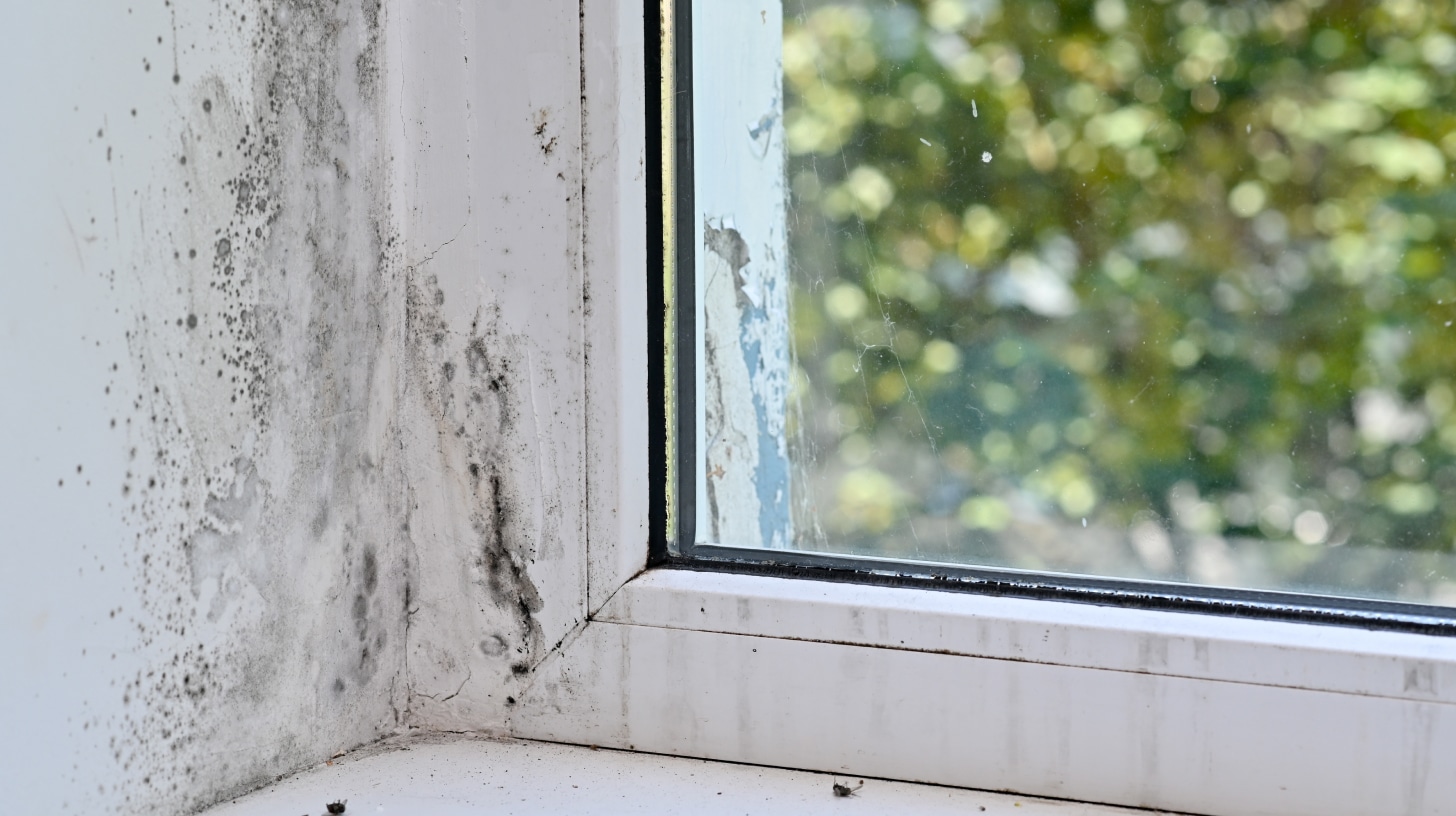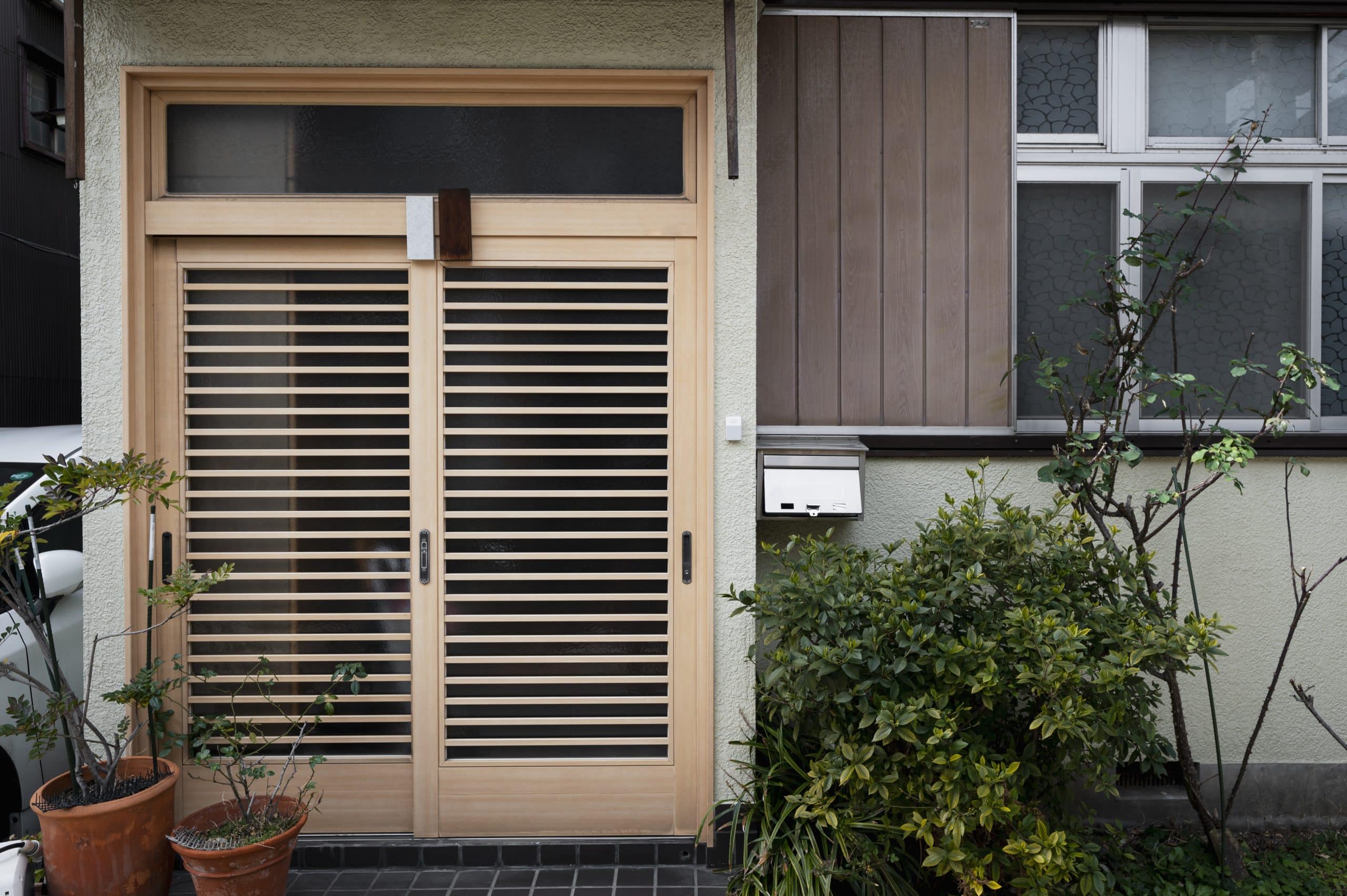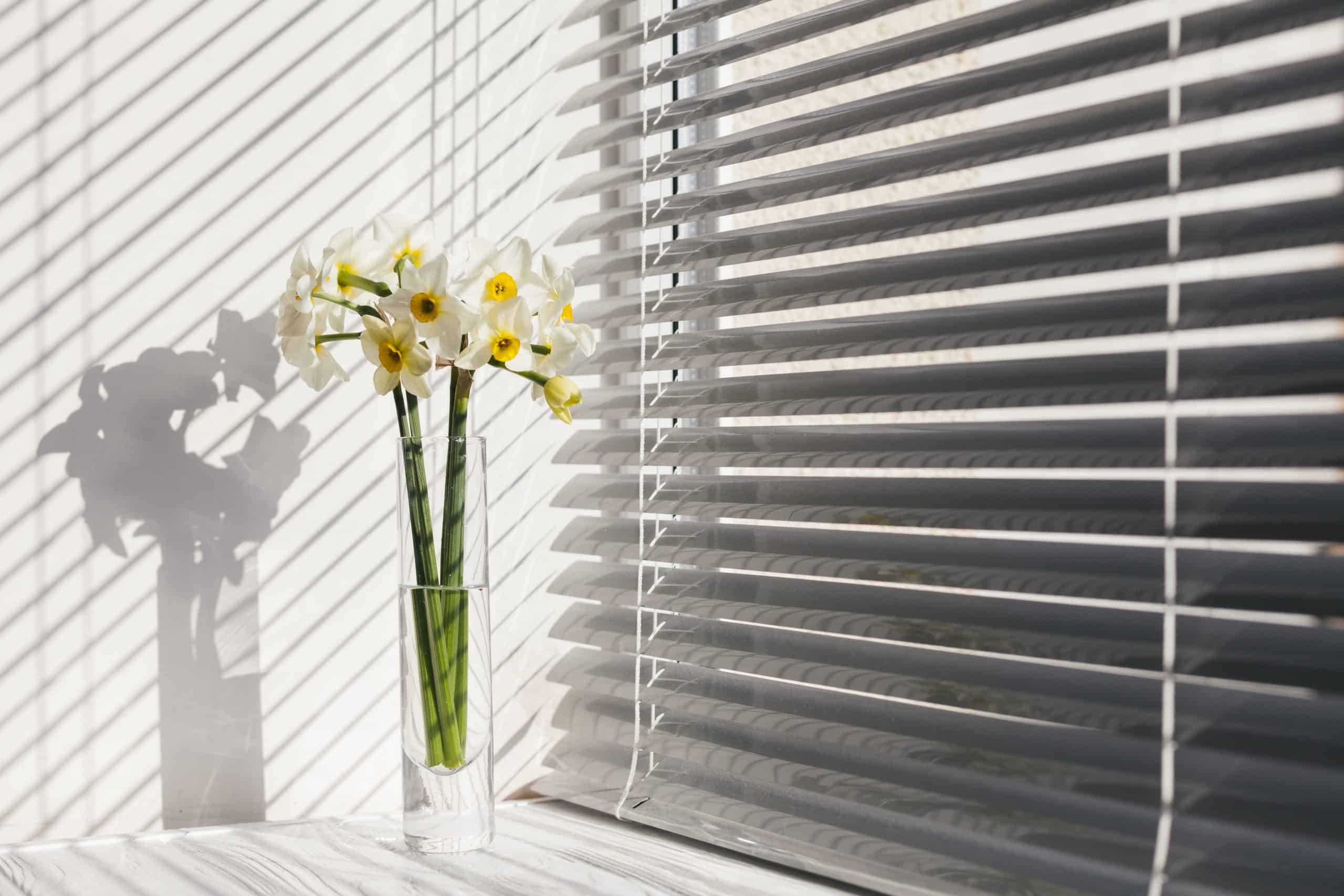Have you ever noticed those stubborn, dark patches creeping along the corners of your windows? That’s black mold, and it’s not just unsightly – it can be a health hazard, too. Tackling this unwelcome guest doesn’t have to be an overwhelming chore. In this post, we’ll dive straight into effective methods how remove black mold windows with simple steps that ensure safety and clarity in your home. So roll up your sleeves. It’s time to restore the shine and safeguard your space from these fungal foes.
Recognizing Black Mold on Windows
Identifying Mold
Mold can be a nuisance in any home, especially when it appears on windows. Black mold is particularly concerning due to its potential health risks. To identify this unwelcome guest, look for dark spots or patches on the window sills, frames, or glass. These marks may vary from small and isolated to large colonies. Early detection is crucial as it helps prevent extensive damage and health problems.
Different molds have different appearances. Black mold, also known as Stachybotrys chartarum, often looks slimy and has a dark greenish-black coloration. In contrast, other types of mold might appear fuzzy and come in colors like white or green. Knowing what black mold looks like will help you tackle the problem effectively.
Health Risks
Exposure to black mold poses serious health concerns that should not be ignored. It can cause respiratory issues such as coughing and wheezing in healthy individuals. For those with asthma or allergies, the effects are more severe.
Long-term exposure increases these risks substantially and may lead to chronic conditions. Vulnerable groups, including children, older people, and people with compromised immune systems, are at greater risk when exposed to black mold spores.
Causes of Mold Growth
Understanding what causes mold growth can help you prevent it from occurring in your home environment around windows.
- High humidity levels create ideal conditions for molds like Stachybotrys chartarum;
- Temperature fluctuations by windows contribute, too, since warmth encourages spore germination;
- Poor ventilation traps moist air inside, which allows molds to thrive near your windows.
You should be extremely careful if there are leaks in your basement. Moist promotes mold growth, and it’s challenging to get rid of it since windows in the basement are obligatory for ventilation. Protect your basement by performing basement waterproofing, and forget about mold (at least in the basement).
Preparing for Mold Removal
Safety Measures
Before tackling black mold on your windows, safety must be your top priority. You need the right gear to protect yourself. Wear gloves, goggles, and a face mask or respirator to avoid inhaling spores. These items shield you from direct contact with mold and cleaning chemicals.
Proper ventilation is crucial while removing mold. Open windows or use fans to disperse fumes and spores outdoors. This reduces the risk of breathing in harmful particles.
Choosing Cleaning Supplies
Selecting appropriate cleaning products is critical in how remove black mold windows effectively. Opt for supplies that are both potent against mold and safe for indoor use. Non-toxic options are better for your health and the environment.
For scrubbing away stubborn mold, stiff-bristled brushes work well. Microfiber cloths can then capture lingering spores without scratching window surfaces.
Cleaning Moldy Window Components
Glass Surfaces
Removing mold from Awning window glass surfaces requires care. Use a soft cloth and a suitable cleaner. Avoid harsh chemicals that can scratch the glass. It’s not just about removing mold. You also want to prevent damage.
After cleaning, ensure no streaks are left behind. A streak-free finish is crucial for clear visibility through windows and contributes to the overall look of your home.
Window Sills
Window sills often present unique challenges during cleaning. Their design, with various nooks and crannies, makes them prone to mold accumulation on windows. The crevices in sills can hide mold spores even after surface cleaning has been done.
To tackle this:
- Start by vacuuming to remove loose spores;
- Then use a mixture of water and mild detergent or vinegar solution for thorough scrubbing;
- Dry and ventilate all surfaces carefully.
Remember, preventing future growth is as important as the initial clean-up.
Frames and Sealant
Inspect window frames for any signs of damaged sealant, which could let moisture seep in – a perfect environment for black mold growth. When you clean frames, be gentle to avoid chipping paint or warping materials.
If sealants are old or peeling:
- Remove them carefully;
- Clean the area thoroughly;
- Apply new sealant smoothly for best protection against future infestations.
Replacing compromised sealants is essential in maintaining healthy window structures free from black mold. If you left some mess during your DIY experiments – don’t worry. We have an extensive article on Ways to Remove Tape Residue from Windows.
Natural Mold Removal Techniques
Vinegar Solution
Vinegar is a powerful mold killer. It’s acidic, which helps it break down mold and prevent its return. To use vinegar effectively, mix one part water with one part white vinegar. This creates a solution robust enough to tackle mold but gentle on most surfaces.
Spray the mixture directly onto the affected area. Let it sit for an hour. Then, wipe the surface clean with water and dry it thoroughly. Be cautious when using this solution on delicate surfaces like wood or stone, as it might damage them.
Baking Soda Scrub
Baking soda is known for being a mild abrasive cleaner. It can scrub away black mold without scratching windows or frames. Make a paste by mixing baking soda with water until you get a thick consistency.
Apply this paste to the moldy areas of your window with a sponge or brush. Scrub gently to remove all traces of mold from crevices and corners where they often hide out.
After scrubbing, rinse the area well with clean water to remove any leftover baking soda residue that could attract moisture and mold growth in the future.
Tea Tree Oil Efficacy
Tea tree oil is another natural remedy famous for its antifungal properties. To make an effective tea tree oil solution, add one teaspoon of tea tree oil per cup of water into a spray bottle. Shake well before each use because oil separates from moisture over time. Spray onto affected areas after cleaning them properly. Leave it on without rinsing. This allows tea tree oil’s antifungal effects to continue working even after application.
Tackling Stubborn Mold Infestations
Deep Cleaning Process
When you find black mold on your windows, a deep cleaning process is vital. First, gear up with gloves and a mask for safety. Start by applying a cleaning solution that’s effective against mold. You can use either commercial products or homemade solutions like vinegar mixed with water.
Scrub the affected area gently but firmly to lift the mold off. After scrubbing, let the surface air dry completely. This step is crucial as moisture feeds mold growth. In severe infestations, you may need to repeat this process multiple times until all signs of black mold are gone.
Scrubbing Techniques
Effective scrubbing starts with choosing the right tool, like a brush or sponge, that won’t scratch your window surfaces. Use circular motions to loosen the mold efficiently without causing damage.
After scrubbing, it’s important to rinse thoroughly with clean water to remove any remaining spores and prevent them from spreading elsewhere. This step ensures that you’re not just moving the problem around but actually getting rid of it.
Microfiber Usage
Microfiber cloths are great for tackling black mold because they trap spores instead of spreading them around. They’re soft enough not to scratch glass while being tough on grime and dirt.
Always wash microfiber tools after use in hot water; this maintains their effectiveness for future cleanings. Using microfibers helps protect your windows during the removal process by preventing scratches that could otherwise occur from harsher materials.
Preventing Future Mold on Windows
Ventilation Tips
Proper airflow is critical to keeping mold at bay. Fresh air circulation can significantly reduce moisture. This makes it harder for mold to grow. Use fans and open windows when cleaning. They help dry out any dampness quickly.
Ventilation also helps after you’ve cleaned up the mold. It ensures that leftover spores don’t find a new spot to settle in your home. A steady stream of fresh air makes environments less inviting for mold.
Moisture Control
Keeping humidity down is critical in preventing the future growth of black mold on windows. Aim to maintain indoor humidity between 30-50%. Dehumidifiers work well for pulling excess moisture from the air, as do air conditioners during warmer months.
Leaks and condensation are common causes of window mold. Fix these issues fast to avoid more problems later on. Regular checks around windows can catch these issues early before they lead to significant infestations.
Regular Cleaning Schedule
To prevent mold, clean your windows often – about every few weeks or so is good practice. Routine maintenance stops spores from taking root compared with less frequent deep cleans, which may overlook early signs of trouble.
Regular inspections play a crucial role, too. Spotting small patches of mildew or fungus early means you can deal with them before they spread across your windowsills or frames.
When to Call Professionals
Assessing Damage
Mold on windows can lead to permanent damage. You must check for warping or discoloration of the window frames. These are signs that mold has deeply set in. If you find these, it might be time for professional help.
Sometimes, the damage is too severe for a simple clean-up. In such cases, HTR experts may suggest either repairing or replacing your windows. Weighing these options requires considering both longevity and cost.
DIY vs Professional Cleaning
Deciding between a DIY approach and hiring professionals isn’t always easy. Consider factors like the size of the mold area and your safety knowledge.
Doing it yourself could save money but carries risks if done incorrectly. For instance, misusing bleach can harm surfaces and health.
In contrast, professionals have the right tools and experience to tackle black mold safely and effectively. They know how to remove black mold from windows without causing further issues.
If you’ve had recurring problems despite previous cleaning efforts, this indicates a need for expert intervention. Ask HTR windows experts for complete window replacement Toronto and get a transparent, high-quality service at an affordable price.
Post-Cleaning Considerations on How Remove Black Mold Windows
Applying New Sealant
After removing black mold from windows, it’s crucial to seal the area. This prevents future growth. Start by cleaning the surface thoroughly. Then, dry it completely.
Next, cut the tip of your sealant tube to fit your window’s size. For a smooth application, hold the gun at a 45-degree angle and apply steady pressure as you move along the seam.
Use mold-resistant sealants for best results. They are designed to withstand moisture and prevent mold return.
For an even finish, dip your finger in soapy water and run it along the fresh sealant line. Wipe away any excess quickly before it dries.
Window Repair and Replacement
Sometimes repair isn’t enough – replacement is necessary. Here is where our professionals come to play. Look for signs like persistent mold or decayed frames indicating that repair won’t suffice.
When choosing new windows, consider the following:
- Energy efficiency;
- Durability;
- Mold resistance.
Professional installation ensures proper fit, which is crucial in preventing moisture intrusion. Luckily, here at HTR Windows, we perform complete construction window replacement services. Contact us today and get a nice bonus for a total window replacement in Guelph.
Final Remarks
You’ve now got the lowdown on ditching that pesky black mold from your windows and now everything about how remove black mold windows. From spotting the grime to waving it goodbye, we’ve walked through each step together. It’s not just about scrubbing away. It’s about keeping those uninvited spores out for good. You’ve learned how to arm yourself with the right tools, go green with natural cleaners, and when to call in the cavalry if things get hairy.
Don’t let mold cramp your style or air quality. Stay vigilant with those prevention tactics and keep your windows crystal clear. If you’re ever in doubt or the mold’s putting up a fight, professionals are just a call away.






